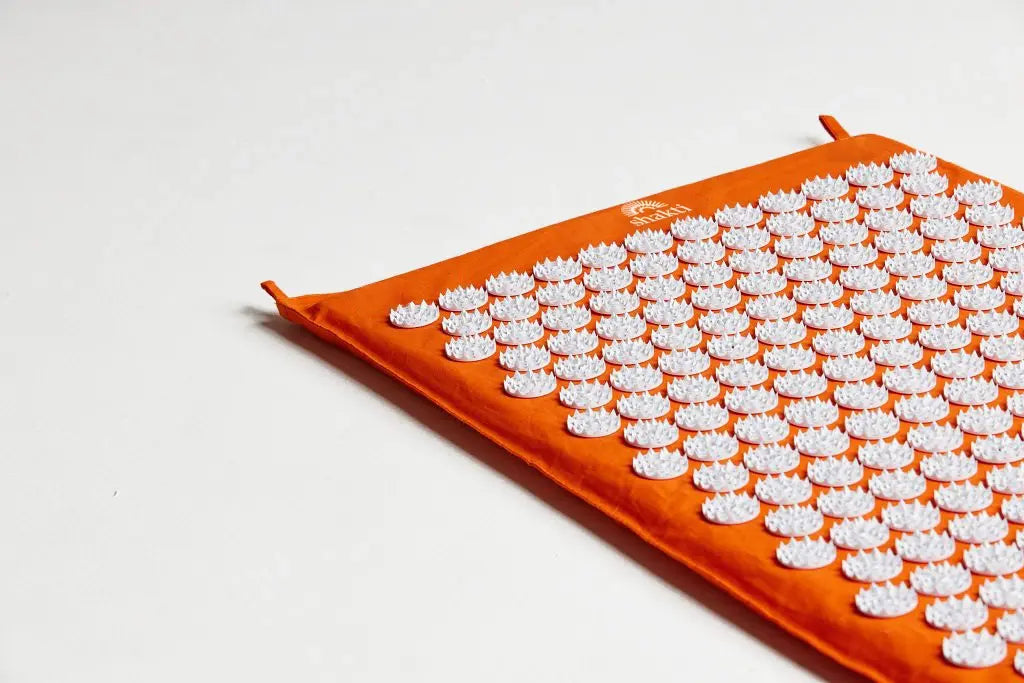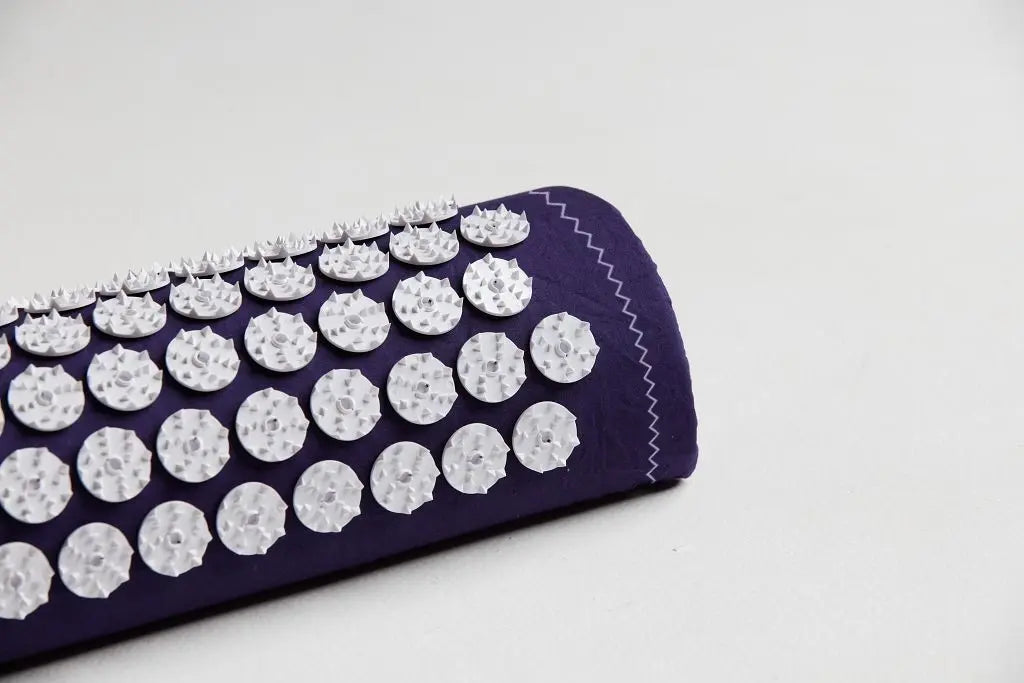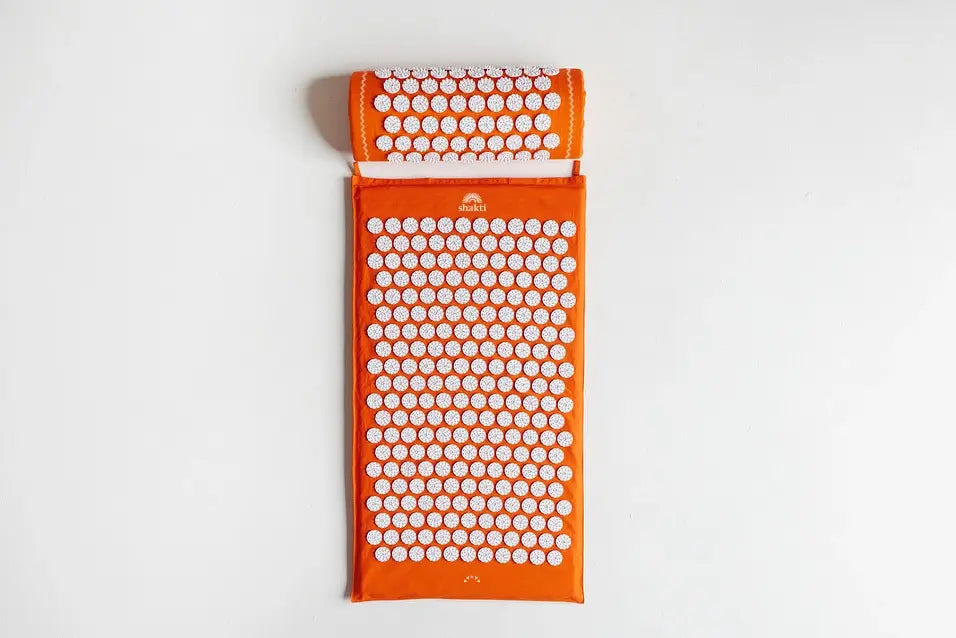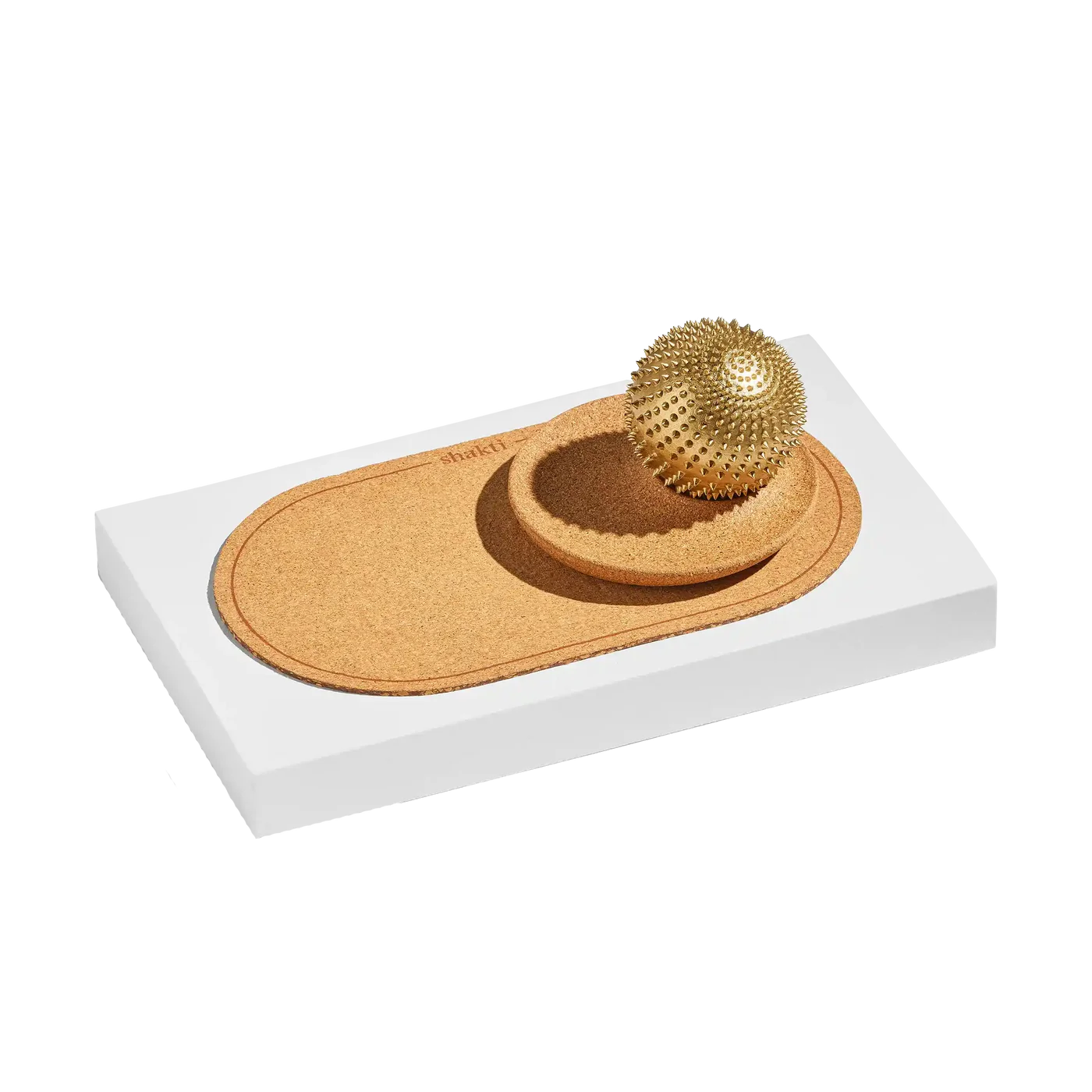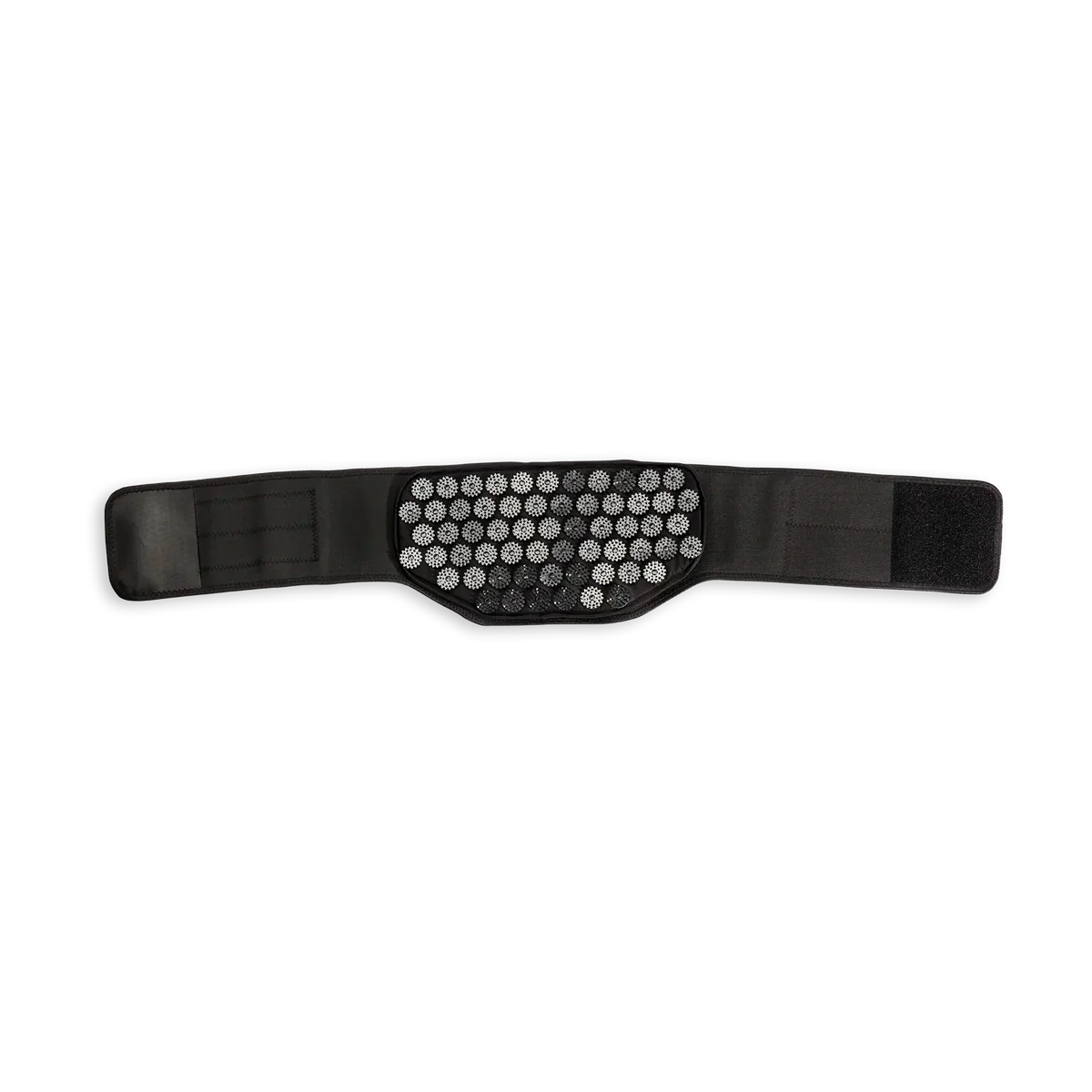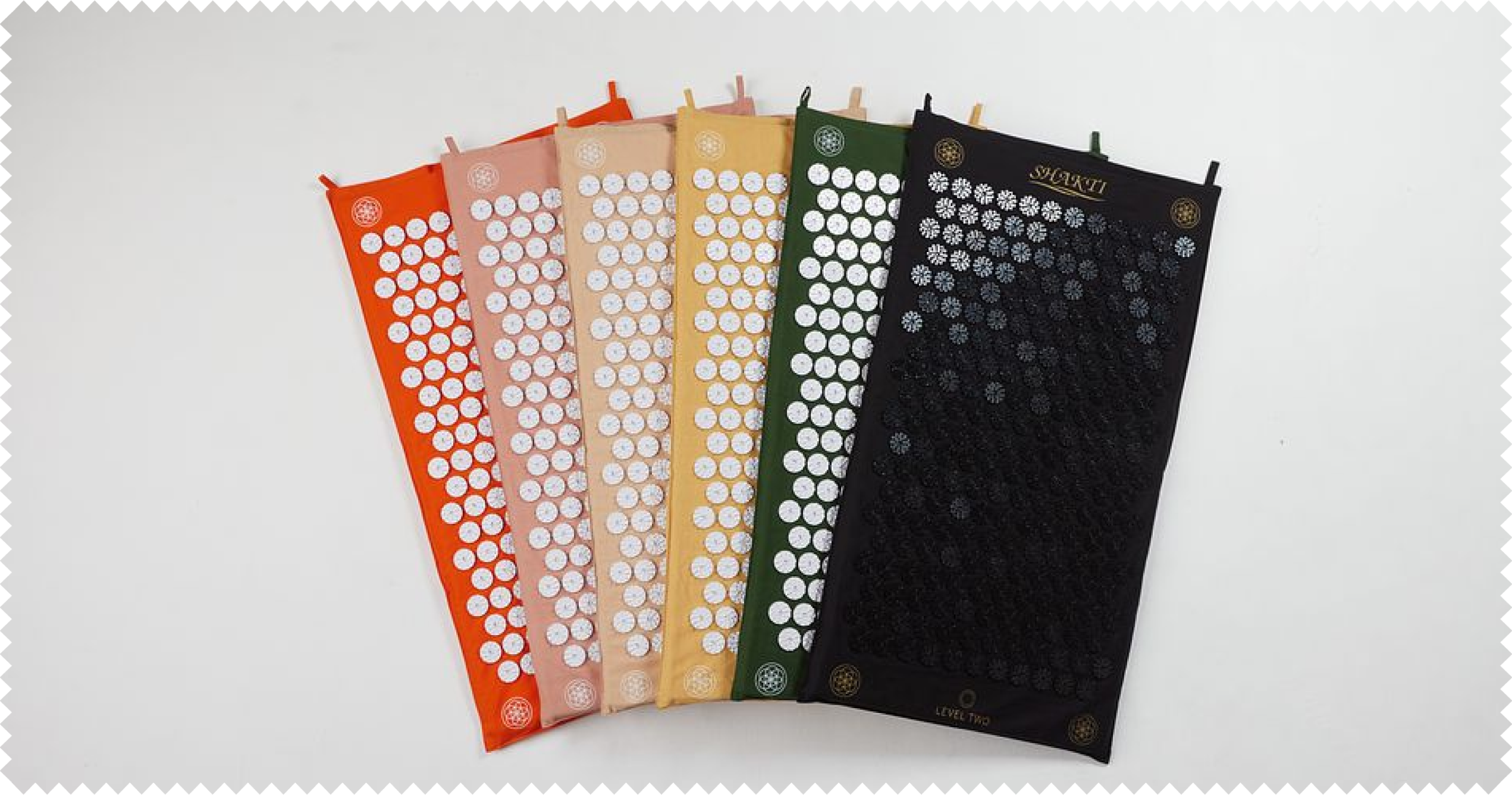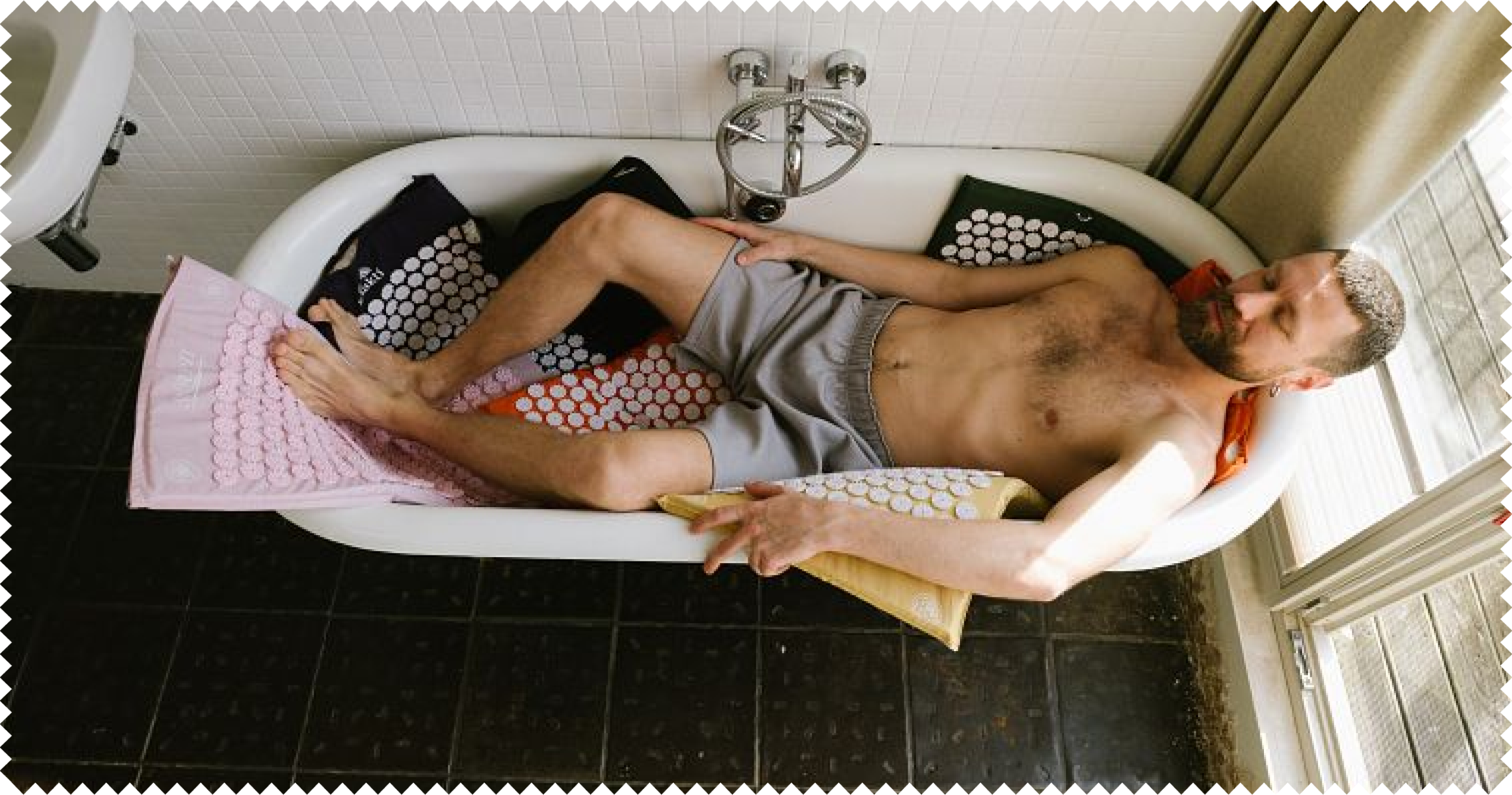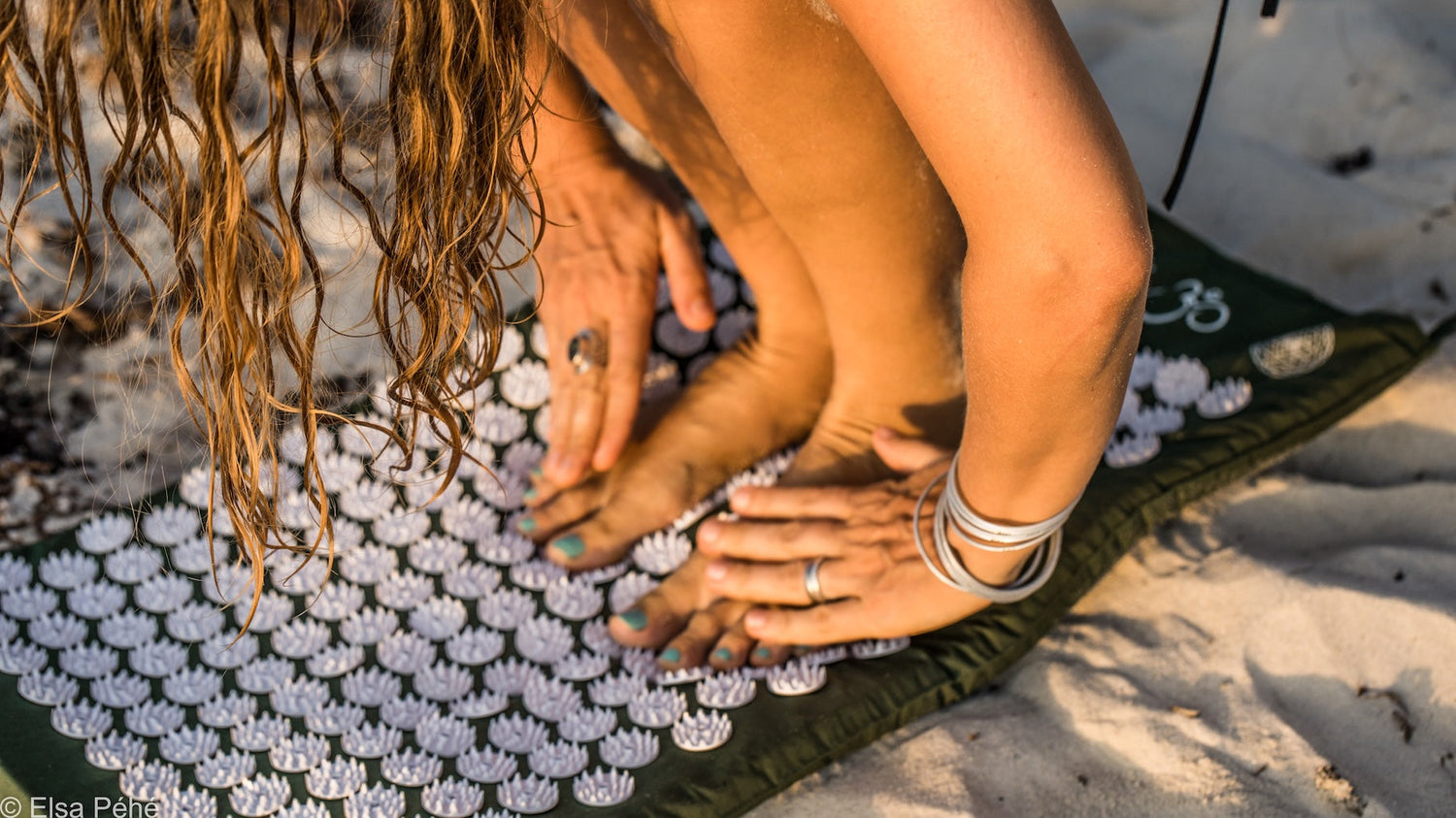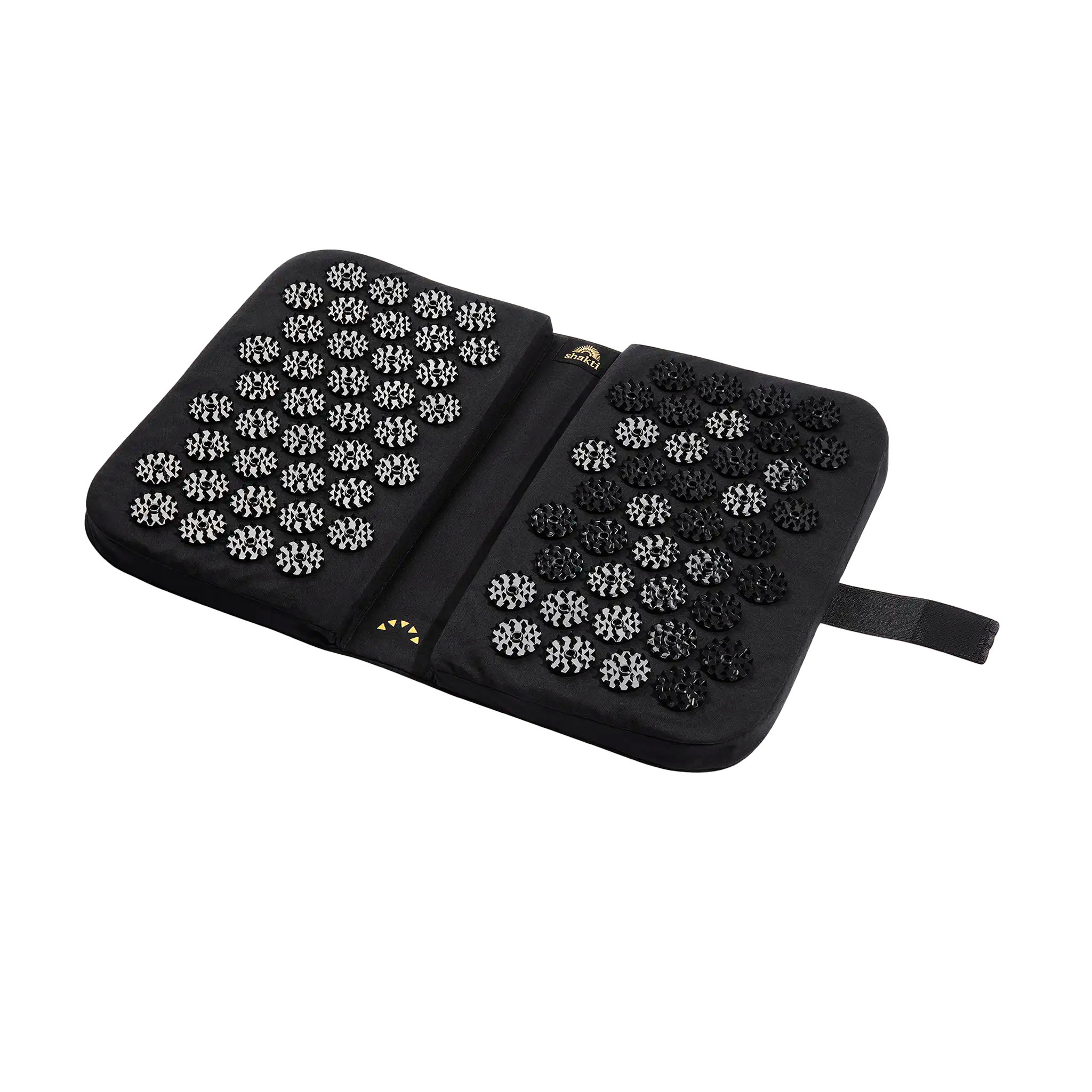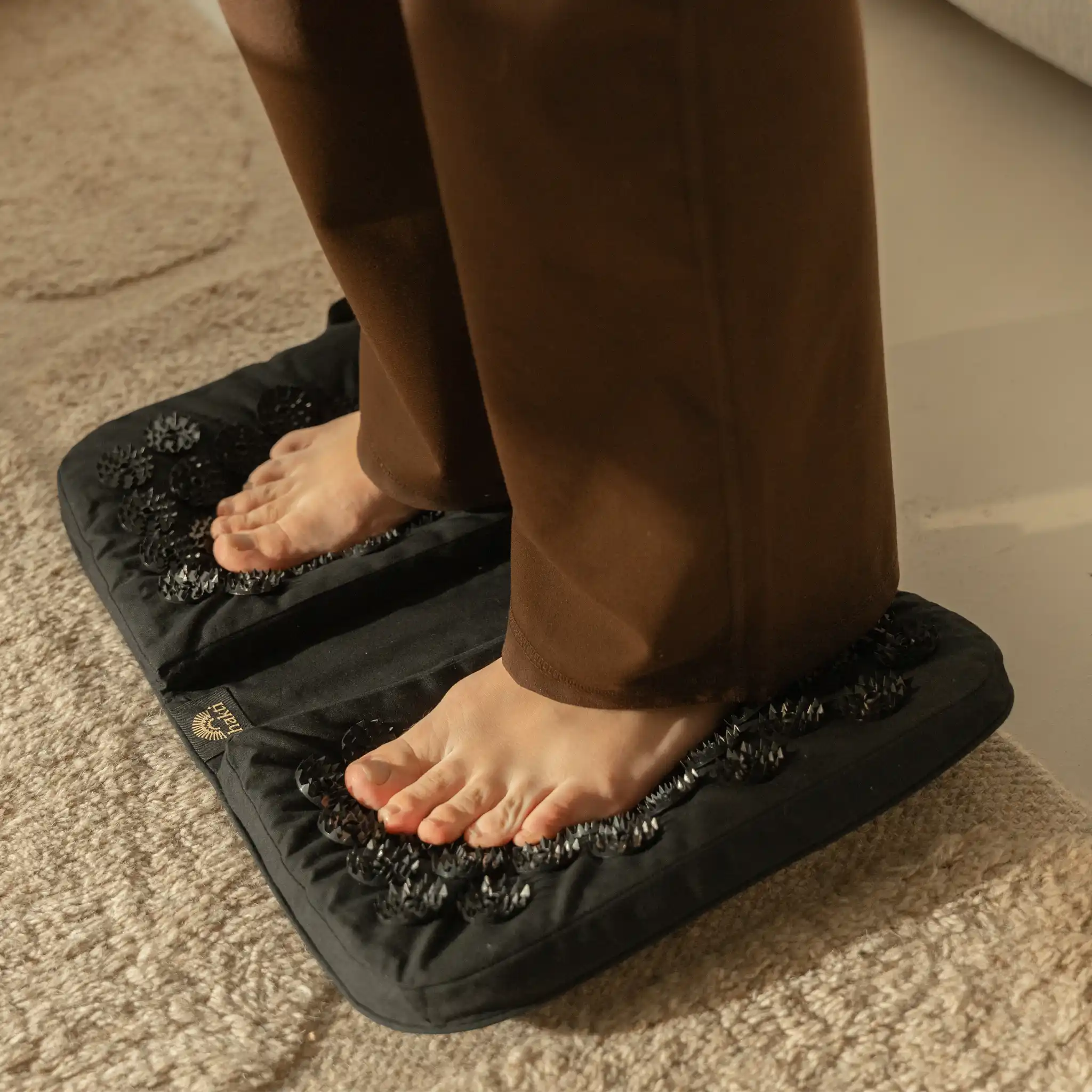Cold hands and feet are not only unpleasant. They can also be a sign that your body is struggling to keep warm for various reasons. And not just in winter when you're out walking or in summer in an air-conditioned office, but also in places that are actually pleasantly warm. For example, when you're sitting comfortably on the sofa, snuggled up in a warm blanket, your hands and feet can still feel icy. It's as if the cold penetrates your whole body from the extremities until you can only concentrate on the unpleasant shivering.
Or maybe you experience the following situation every morning: You reach for the steering wheel of your car or type on your keyboard and your fingers are so stiff and cold that even the simplest movements are difficult. These moments can be so disruptive that they ruin your entire day. But you are not alone. Cold hands and feet are a widespread problem that affects many people - regardless of the season. Whether in winter in freezing temperatures or in summer in an air-conditioned office - the unpleasant feeling of cold in the hands and feet can catch up with you anywhere. Then the question naturally arises: What can you do about cold hands and feet?
Fortunately, there are numerous ways to combat this annoying problem. In this article, we'll show you how to identify the causes of cold hands and feet and take targeted action. Whether you want to improve your circulation, relieve tension, or simply find immediate relief, here you'll find the best tips and methods to finally warm your cold hands and feet effectively and permanently. Let's take the first step together.
Content
1. why do you always have cold hands and feet?
2. cold hands and feet: circulatory disorders as a possible cause
3. promote blood circulation: Hands and arms
4. promote blood circulation: Legs and feet
5. Our conclusion: What helps against cold feet and hands - 8 everyday tips at a glance
Why do you always have cold hands and feet?
Cold extremities are a widespread phenomenon that affects many of us on a regular basis. Despite wearing warm sweaters and thick socks, it is often simply impossible to prevent your hands and feet from feeling like blocks of ice. For some people, this problem is almost everyday and seems to be a natural predisposition. You may also have thinner skin or less body fat, which makes it difficult for your body to retain heat in your extremities. External influences also play a major role: Cool temperatures, which make us shiver even on a short walk through town, or stress , which puts your body on alert, can cause your hands and feet to feel cold more quickly. Even a predominantly sedentary lifestyle - whether in the office, in the car, or at home - can restrict blood flow to the extremities and thereby promote cold hands and feet.
Another, less obvious reason for cold hands and feet lies in the clever but sometimes uncomfortable way your body works. In cold environments, it focuses on keeping the vital organs in your core warm and well supplied with blood. However, this also means that it sends less blood to your hands and feet, causing them to cool down faster. Your body therefore has a silent list of priorities, in which the extremities unfortunately come last. This can cause you a lot of trouble in everyday life. Women in particular often report cold hands and feet. Hormonal factors can also influence the blood flow. However, circulatory disorders can also have other causes, which we will now look at in detail.
Cold hands and feet: circulatory disorders as a possible cause
If you regularly suffer from cold hands and feet, circulatory problems could also be the cause. With poor circulation, less blood reaches your extremities, which means that they are not supplied with enough oxygen and nutrients. This then causes them to cool down more quickly. Circulatory disorders can have various causes. For example, vasoconstriction (arteriosclerosis) caused by deposits on the vessel walls can narrow the blood vessels and impede blood flow. Incidentally, this does not only affect older people. Younger people who take little exercise or have an unhealthy diet can also be affected. In Raynaud's syndrome, the small blood vessels in the fingers and toes constrict suddenly and severely, which can lead to extremely cold and even white-bluish fingers. Such attacks can be accompanied by tingling, numbness or pain. The triggers are often cold or stress. People with low blood pressure also often have cold hands and feet, as the blood circulates more slowly through the body. The reasons for this can be a genetic predisposition, but can also result from a very active lifestyle, a slim physique or hormonal changes (especially in women during pregnancy or in certain phases of the menstrual cycle).
Certain medications and insufficient fluid intake can also lead to low blood pressure. People with diabetes can also be affected by reduced blood flow to the extremities due to damage to the blood vessels and nerves. Smoking can also have a negative effect on your blood circulation. This is because nicotine constricts the blood vessels and worsens blood circulation, which can result in cold hands and feet. If you suspect that a circulatory disorder could be the reason for your cold hands and feet, you should consult a doctor for clarification. An early diagnosis can help to take targeted measures. Let's find out together how you can improve the circulation in your feet and hands.
Promote blood circulation: Hands and arms
The good news is that you can take action yourself to improve the circulation in your hands and alleviate the unpleasant feeling of cold. Regular exercise plays a crucial role in this. Even simple exercises such as swinging your arms, circling your wrists or clenching and unclenching your fists can stimulate blood flow. These exercises can easily be integrated into everyday life, for example during a short break at the office. Targeted massages of the hands and fingers can also promote blood circulation. The best way to do this is to use warm oil or lotion and massage your hands in circular movements to relax the muscles and increase blood flow. Our tip: There are special oils that also have a warming effect, such as arnica or sloe blossom.
Another effective method is acupressure . An acupressure ring can promote blood circulation by applying gentle pressure to the fingers. By rolling the ring over your fingers several times a day, you stimulate acupressure points. This stimulates blood flow in the hands and improves heat distribution. This practical method is also easy to integrate into everyday life, whether you're on the go or sitting at your desk.
Finally, you can also support your hands by using different heat sources . Keep them warm as often as possible, whether with hand warmers, warm compresses, or simply by holding a hot cup of tea. All of this can help stimulate circulation and warm your hands for a longer period of time. And your feet? You're probably wondering: Cold feet - what to do? We'll address this topic in more detail in the next section.
Promote blood circulation: Legs and feet
There are also numerous ways to promote blood circulation in the legs and feet. Regular exercise and sport are particularly important here. Walking, running or cycling will improve blood circulation in your legs and feet. Even daily walks or taking the stairs instead of the elevator can help to keep your legs and feet warm. It is particularly important to avoid long periods of sitting. So get up and move around regularly, especially in the office, to stimulate blood circulation.
Alternating showers are an excellent method of additionally promoting blood circulation in the legs. This is because alternating between warm and cold water ensures that the blood vessels alternately dilate and constrict, which stimulates blood flow. Always start with warm water and end the shower with cold water. A (subsequent) foot massage can also help to improve blood circulation in the feet. You can use a foot massage roller or simply massage your feet with your hands. Pay particular attention to massaging the soles of your feet and each toe individually to stimulate blood circulation.
Similar to the hands, acupressure can Boost circulation in your feet, too. Use a practical acupressure mat , which is specially designed to stimulate the soles of your feet. If you stand on this mat for a few minutes every day, the reflex zones on your feet will be stimulated, improving circulation and warming your feet. This simple measure can easily be incorporated into your morning or evening routine. Try it out!
Another beneficial method against cold feet is a warm foot bath. It not only promotes blood circulation, but also warms your feet up again very quickly. Our tip: add a few drops of essential oil such as rosemary or eucalyptus to the water. This can also stimulate blood circulation.
Our conclusion: What helps against cold feet and hands - 8 everyday tips at a glance
If you want to get rid of cold hands and feet effectively, here are our best tips for short, medium and long-term improvement. Try them all at least once and find out what works best for you to combat cold hands and feet:
Exercise in everyday life : Avoid sitting or standing for long periods. Instead, take every opportunity to move—be it through short walks, climbing stairs, or a quick bout of exercise.
Alternating showers: A contrast shower in the morning provides the ultimate freshness kick and stimulates blood circulation. This not only prevents cold feet and hands, but also supports your immune system in general.
Warm clothing: Always dress warmly enough, especially in the winter months. Thermal socks, lined gloves and a scarf can help retain body heat and prevent cold hands and feet.
Acupressure: A massage ring and an acupressure mat are ideal for promoting blood circulation in the hands and feet when out and about or in the office. Simply roll over or place on your fingers several times a day.
Foot baths: Treat yourself to a warm foot bath with essential oils in the evening to relax your feet and stimulate blood circulation.
Massages: Use hand and foot massages to loosen the muscles and promote blood flow. Warming oils can also help against cold hands and feet.
Hand warmers: Use hot water bottles or special hand warmers to quickly warm your hands and feet on the move.
Stress reduction : Stress can lead to constriction of blood vessels. Relaxation techniques such as meditation, breathing exercises, or lying on an acupressure mat can help you relax the vessels and improve circulation. The pleasant benefit: You'll feel generally fresher, lighter, and more flexible afterwards. Try it!



